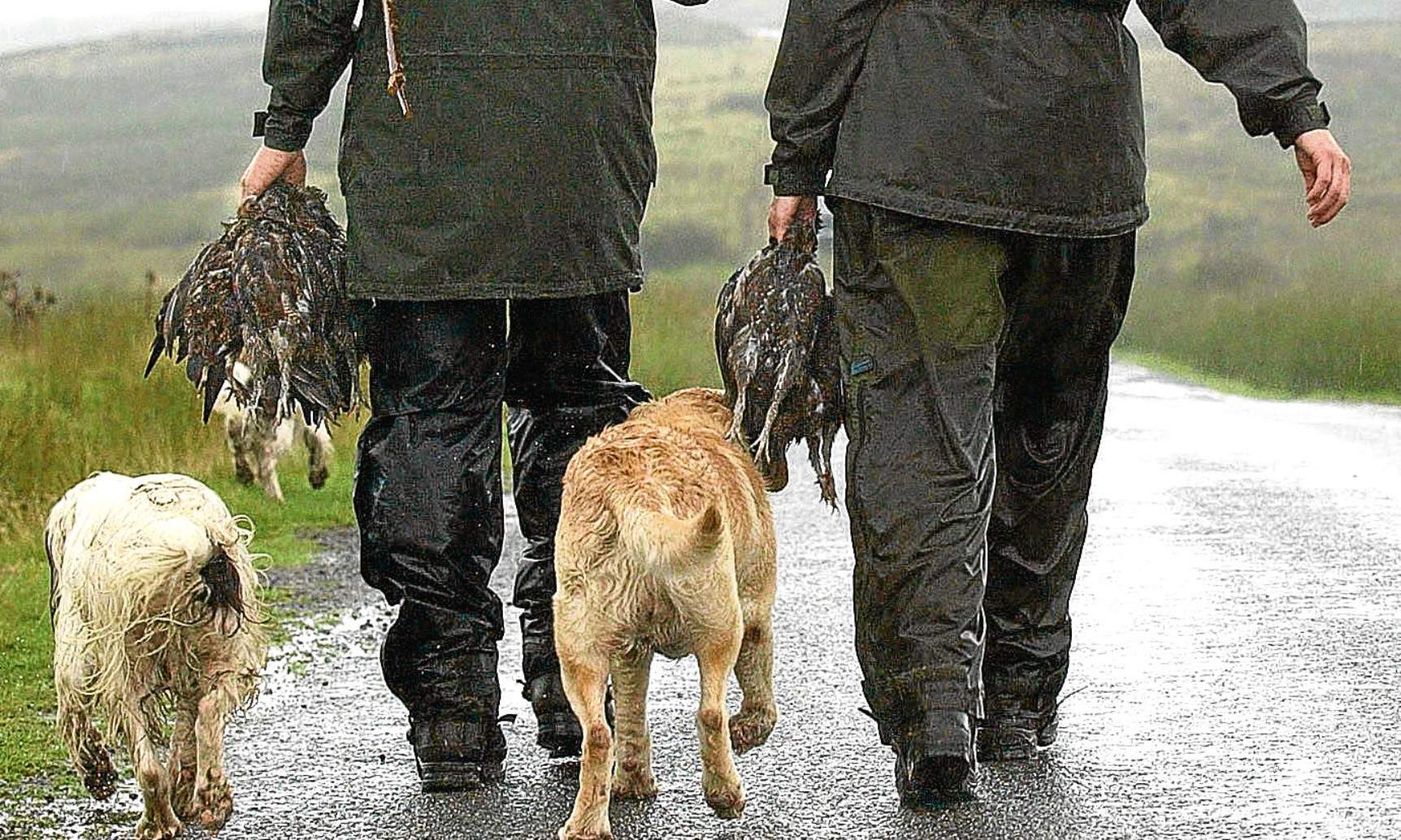Sir, – In response to the article by Graeme Strachan (The Glorious 12th, August 7) I have some observations to make.
I notice the study was conducted by Scotland’s seven regional moorland groups and included only 45 of the 140 “core” grouse shooting estates (out of around 300) leaving it open to the suggestion that it chose only those whose figures would lead to its preferred conclusion.
What was not included was the fact that government subsidises them to the tune of £158,600 per 7,000 acres of grouse moor per annum.
By conducting the study themselves, this leaves them open to the general criticism that truth and objectivity are rarely served when investigating oneself.
A petition asking for an independent inquiry into the economic impact of driven grouse shooting closed on July 18. Prominent figures in the grouse lobby were contacted and asked to sign but, to my knowledge, none responded.
However, this is more than an economic question. The EMBER Project by Leeds University gave a list of negative effects the frequent burning of heather creates, including on peat hydrology and peat chemistry and river water chemistry and river ecology.
Though a few species might gain temporarily from this upland mono-culture, these gains will be short lived as biodiversity is severely reduced.
This has been made much worse by the development of intensive grouse management in recent years
In our high-tech, world surely it is not beyond the ability of today’s entrepreneurs to harness new technologies and the emerging appetite for upland sports and activities to create new employment possibilities?
Mr. G. Murdoch.
4 Auchcairnie Cottages,
Laurencekirk.
Come and visit hares in glens
Sir, – In response to George Murdoch’s letter, We need laws to prevent cull of hares (August 4) it appears the writer does not agree there are circumstances in which hares, when as plentiful as they are on grouse moors compared to any other landholdings, need to be managed to prevent damage to habitats, woodlands or to prevent the spread of ticks and disease.
Rather than arguing through the letters pages of The Courier, members of the Angus Glens Moorland Group would like to invite George out to a tour of one of the local estates so he can see first hand for himself the number of hares evident on the local moors.
Perhaps this would be the best way to discuss hare management in general and the viability or otherwise of local populations.
George is local to us so a visit should be easy enough to arrange.
He can contact us privately through the Angus Glens Moorland Group Facebook page to organise a visit.
Lianne MacLennan.
1 Kirkton.
Glenesk,
Brechin.
Familiar litany by Jim Crumley
Sir, – What a contrast between your editorial on August 7, Grousing critics must show an alternative, which highlighted in a balanced way the enormous benefits from managed grouse moors to the local populace and the rest of our biodiversity, referencing the appropriate research and science, and the idiotic statement by your columnist Mr Crumley on August 8…“not in Scotland, the land of the shotgun, and the poisoned bait and the grouse moor” with his usual unfounded inferences.
I suppose you need to pander to Mr Crumley’s peculiar anti-country agenda in order to sell papers, but to give him a platform to express his now familiar and dreary and untrue litany against grouse moors and those who manage them, directly contradicting an editorial piece the very day before, seems odd in the extreme.
Gerard Watts.
Persie House,
Glenshee.
Scottish barley for whisky
Sir, – In an article in Saturday’s farming supplement it was pointed out that Scotch whisky does not need to be produced from Scottish barley.
This leaves Scottish farmers at a huge disadvantage from owners of multiple distilleries who can source cheap barley from abroad if need be, thus keeping Scottish barley prices artificially low.
Scotch whisky is a premium brand and all efforts should be made to preserve its integrity including provenance.
With European Union subsidies changing in the future, this is the ideal time to support the farmers and insist on Scottish barley for Scotch whisky, with legislation if necessary.
Keith Dale.
126 David Douglas Avenue,
Scone.
Warning from Royal Bank
Sir, – Royal Bank of Scotland has taken legal precautions against the threat of another Scottish referendum.
Its Scottish customers will be transferred into a separate subsidiary, sealing them off from the rest of the business.
The RBS chief executive confirmed RBS would move its headquarters out of Scotland in the event of a separatist victory.
This is because the bank would be too big for an economy the size of Scotland’s.
All of this is to reduce “the potential for disruption” should the nationalists win in any future referendum.
Doesn’t that say it all about the prospects for an independent Scotland and the damage that a separatist win would inflict on us?
RBS must be as aware as anyone that Nicola Sturgeon talks about holding another referendum without producing any kind of economic or financial plan. That, of course, is because there is no economic or financial case for separatism.
Jill Stephenson.
Glenlockhart Valley,
Edinburgh.
Electoral collusion
Sir, – Martin Redfern is at it again (August 7).
He attacks First Minister Nicola Sturgeon for playing politics to mask her raison d’etre of achieving Scottish independence when it has been apparent for a long time that his raison d’etre is to stop it from happening.
To be fair, he makes no secret of his intent, albeit his evidence of Scottish Government failure doesn’t stack up too well despite backing from the majority of the Scottish mainstream media.
His claims the First Minister’s break-up obsession lost her 21 seats at the election when anyone with a knowledge of political tactics is aware the other three main parties got together to encourage their faithful to vote for the candidate most likely to oust the sitting SNP member.
Allan MacDougall.
37 Forth Park,
Bridge of Allan.
